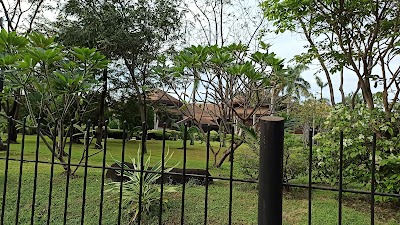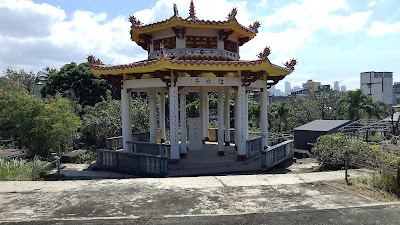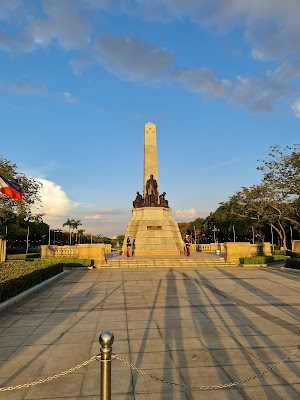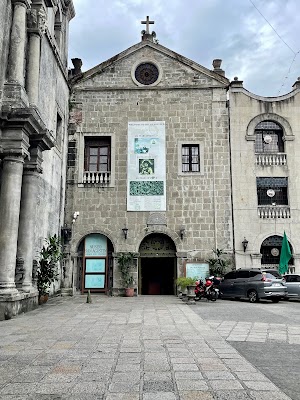Coconut Palace (Palasyo ng Niyog)
Overview
The **Coconut Palace** stands as an iconic landmark in Manila, Philippines, showcasing Filipino craftsmanship and the nation’s rich cultural heritage. Located within the sprawling grounds of the **Cultural Center of the Philippines Complex** in Pasay City, this architectural gem provides a fascinating insight into the Filipino affinity for natural materials and innovative design.
Commissioned in **1978** by then-First Lady Imelda Marcos, the Coconut Palace was originally intended as a luxurious guest house for **Pope John Paul II** during his visit in **1981**. In an unexpected turn of events, the Pope chose to stay at a more modest residence, leaving the Coconut Palace to evolve into a symbol of opulence and national pride.
The name “Coconut Palace” reflects the extensive use of **coconut lumber** and other parts of the coconut tree throughout its construction. Often referred to as the "Tree of Life" in the Philippines, the coconut is ingeniously incorporated into various design elements. From the stunning woodwork in the walls and ceiling to the intricate inlays in the furniture and fixtures, coconut features are omnipresent, celebrating the versatility and beauty of this native resource.
Designed by the esteemed Filipino architect **Francisco Mañosa**, the Coconut Palace exemplifies sustainable architecture blended with traditional Filipino design and a touch of grandeur. The octagonal main building boasts a grand staircase, elegant reception halls, and lavish suites, each uniquely decorated and named after one of the country’s prominent provinces. The use of **capiz shells** for windows, along with intricate carvings and traditional woven materials, enriches the visual appeal, immersing visitors in Filipino artistry and heritage.
One of the most captivating aspects of the Coconut Palace is its **garden area**, where lush tropical plants and coconut trees create a serene, almost paradisiacal atmosphere. This tranquil setting provides a striking contrast to the bustling city just beyond its walls, making it an ideal spot for contemplation and relaxation. Additionally, the palace offers picturesque views of **Manila Bay**, allowing visitors to experience breathtaking sunsets that paint the sky in stunning hues of orange, pink, and purple.
Over the years, the Coconut Palace has served various purposes, from a governmental guest house to hosting official events and ceremonies. Notably, it was the official residence and office of the **Vice President of the Philippines** during Jejomar Binay’s term from **2010 to 2016**. This history of governmental use adds another layer of significance to the structure, solidifying its position as a bastion of Filipino pride.
Visitors to the Coconut Palace can partake in **guided tours** that provide in-depth insights into the historical, cultural, and architectural significance of this remarkable structure. These tours offer an excellent opportunity for foreign tourists to delve into the intricacies of Filipino culture and the innovative spirit behind the palace’s creation. Knowledgeable guides share fascinating anecdotes about the construction process, the symbolism behind various design elements, and the modern-day role of the palace.
For many, a visit to the Coconut Palace is not just about admiring its beauty but also about appreciating the ingenuity and creativity it represents. It stands as a proud icon of **sustainable architecture**, demonstrating how traditional methods can harmoniously blend with modern needs, particularly relevant in today’s context of global environmental consciousness.
In conclusion, the **Coconut Palace** is more than just a tourist attraction; it is a celebration of Filipino identity, culture, and resourcefulness. Its unique use of coconut and other indigenous materials, combined with its grand yet welcoming design, makes it an essential stop for anyone visiting Manila. Whether you’re an architecture enthusiast, a history buff, or simply someone who appreciates beauty and craftsmanship, the Coconut Palace promises a rich, unforgettable experience that will deepen your appreciation for the Philippines and its people.






